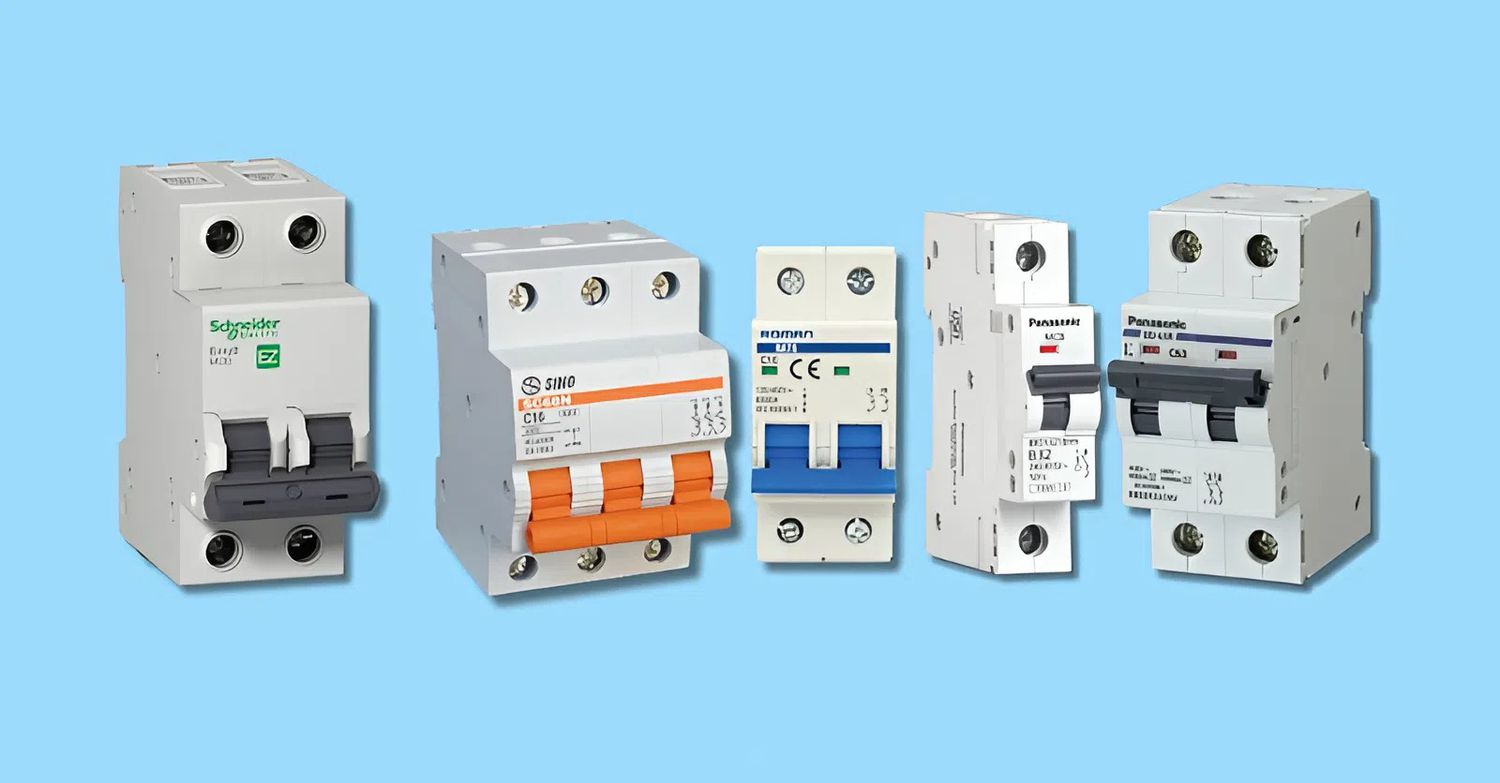Circuit Breakers
Operating Principle and Tips for Buying Circuit Breakers You Should Know
Whenever an overload or short circuit occurs, the first device protecting the system is the circuit breaker. Thanks to it, many electrical incidents are prevented right from the start. This article shares practical and easy-to-understand knowledge about circuit breakers, along with useful tips for choosing the right one.
Operating Principle of Circuit Breakers
A circuit breaker, also known as an automatic switch, is responsible for cutting off power when issues like overload or short circuit occur. For example, when too many devices are plugged in at the same time, the current exceeds the safe limit, and the breaker quickly disconnects the circuit to reduce the risk of fire or equipment damage.

This mechanism relies on the built-in current sensing component. When the current is within the normal range, the breaker’s contacts remain closed, allowing electricity to flow continuously. If the current exceeds the rated threshold, the sensor triggers the actuator to open the contacts and shut down the entire circuit immediately.
For instance, in a household using a 16A breaker, if the total current of devices goes beyond that limit, the breaker will trip automatically. In that case, you only need to turn off some devices or redistribute the load so the system operates more safely and stably.
Additionally, in the event of a short circuit, the breaker uses an electromagnet and an armature to react instantly, minimizing damage and protecting the entire power supply.
Tips for Choosing a Safe and Suitable Circuit Breaker
- Identify the proper rated current for your household system. Choose a breaker with enough load capacity for your devices, but avoid oversizing to ensure both safety and cost-effectiveness. For example, if a room’s devices consume about 10A, a 16A breaker is appropriate, providing a buffer to prevent nuisance tripping due to current fluctuations.

- Select the right type of breaker for your needs. Depending on residential, industrial, or specific requirements such as leakage protection or anti-shock, choose the corresponding type. Popular brands include Mitsubishi, Schneider, and LS
- Check technical specifications and safety certifications before purchasing. A quality breaker should have a proper voltage range, a sensitive tripping mechanism, and verified safety standards.
These are the basic principles and practical tips for choosing circuit breakers. Understanding how this device works will help you take control in protecting your electrical system and avoid unnecessary risks. When making a purchase, carefully consider your actual needs, power capacity, and brand reputation to ensure long-term safety for your home or project.
-
-
-
-
-
-
-
-
-
-
-
-
-
-
-
-
-
-
-
-
-
-
-
-